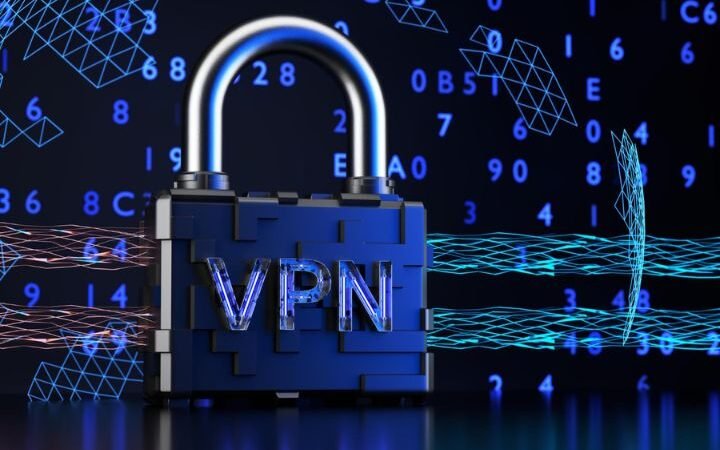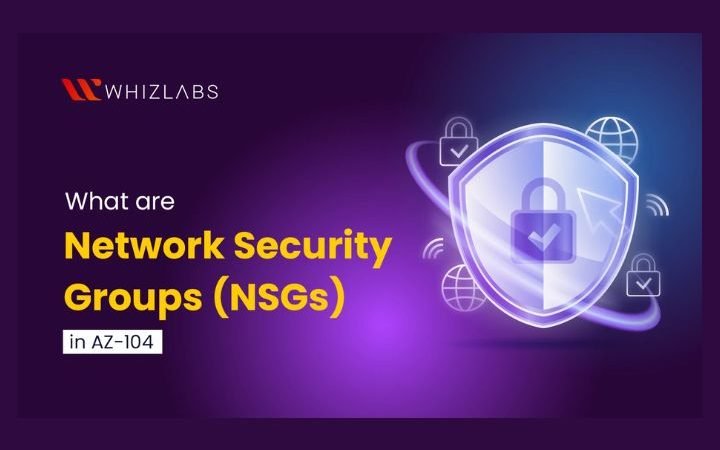How To Automate Security in CI/CD Pipelines with DevSecOps Tools?

As software development speeds up, security must keep pace. Continuous Integration and Continuous Deployment (CI/CD) pipelines streamline development, but without proper security measures, they can introduce vulnerabilities just as quickly. DevSecOps tools embed security directly into these pipelines, ensuring issues are caught early without slowing down releases. By automating security checks, enforcing compliance, and integrating vulnerability scanning, teams can deliver secure software efficiently. This approach shifts security left, embedding it into every phase of development rather than treating it as an afterthought. Let’s explore how DevSecOps tools enhance security automation in CI/CD workflows.
Continuous Security Testing in CI/CD
One of the biggest benefits of DevSecOps tools is continuous security testing. Traditional security reviews often happen late in development, making fixes expensive and time-consuming. By integrating automated security scanning into CI/CD, teams catch vulnerabilities early. Static Application Security Testing (SAST) analyzes source code for flaws before deployment, while Dynamic Application Security Testing (DAST) simulates real-world attacks on running applications. Additionally, Software Composition Analysis (SCA) scans for vulnerabilities in open-source dependencies. Together, these automated tests create a strong security foundation without disrupting development speed.
Automated Compliance and Policy Enforcement
Regulatory requirements and security policies must be enforced consistently, but manual enforcement is slow and error-prone. DevSecOps tools automate compliance by embedding security policies into CI/CD workflows. Infrastructure as Code (IaC) security tools scan configurations to prevent misconfigurations that could lead to breaches. Policy-as-code frameworks ensure that access controls, encryption, and authentication mechanisms meet industry standards before deployment. This automation not only improves security but also provides audit trails, making compliance reporting easier and reducing the risk of regulatory penalties.
Container and Kubernetes Security Integration
With the rise of containerized applications and Kubernetes, security challenges have evolved. DevSecOps tools integrate with container security solutions to scan container images for vulnerabilities before deployment. Kubernetes security policies enforce least privilege access, ensuring that containers have only the permissions they need. Runtime security monitoring detects anomalous behavior in production environments, helping teams respond to threats in real time. By automating container and Kubernetes security, organizations can maintain the agility of cloud-native development without compromising security.
Secrets Management and Secure Code Practices
CI/CD pipelines require credentials, API keys, and other sensitive information to function, but storing these secrets insecurely can lead to breaches. DevSecOps tools integrate secrets management solutions that store and inject credentials securely without exposing them in plaintext. Additionally, secure coding practices, such as automated linting, dependency management, and least privilege principles, are enforced through DevSecOps pipelines. By ensuring that developers follow security best practices automatically, these tools help prevent credential leaks, misconfigurations, and other common vulnerabilities before they reach production.
Achieving DevSecOps Maturity in CI/CD
Automating security in CI/CD is not just about adding tools…it’s about creating a culture where security is part of development. Teams must continuously refine their security automation strategies, integrating feedback from security incidents and audits. Threat modeling, penetration testing, and real-time security monitoring complement automated scanning, creating a layered defense. DevSecOps tools provide the automation needed to embed security seamlessly into CI/CD workflows, but achieving true DevSecOps maturity requires ongoing collaboration between developers, security professionals, and operations teams. By prioritizing security automation, organizations can build resilient, secure applications while maintaining rapid development cycles.
Also Read: Top 15 Search Engines for Cybersecurity Researchers


